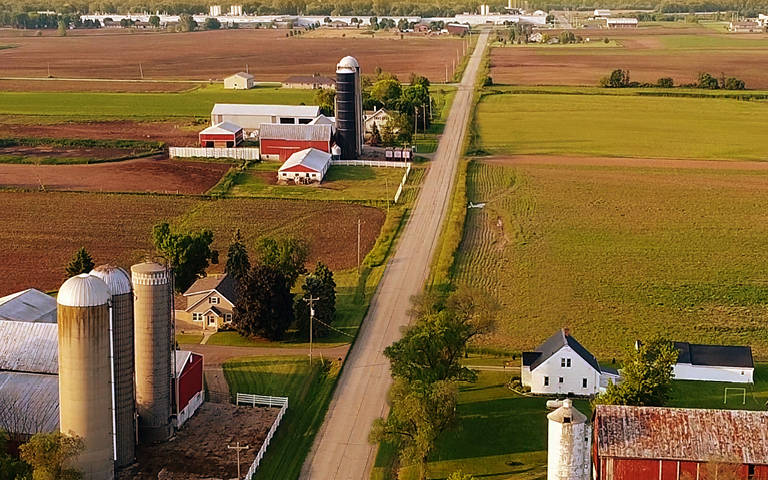About 20% of Americans live in rural areas, where many face unique challenges when accessing healthcare, such as lack of primary care doctors and specialists, lack of transportation, and long drives to doctor’s offices.1 In rural areas, one in five people are served by a federally qualified health center (FQHC), which are community-based healthcare providers that receive funds from the U.S. Health Resources and Services Administration to provide care to underserved patients on a sliding fee scale.2
The Bulletin recently spoke with Robert S. Pyatt Jr., MD, FACR, chair of the ACR Commission on General, Small, Emergency and/or Rural Practice (GSER), which represents approximately 55% of the ACR’s members. Pyatt, who previously served as president of medical staff at WellSpan Chambersburg Hospital in Pennsylvania and CEO of the private practice Chambersburg Imaging Associates, has been working with nearby Keystone Health Center, an FQHC, with the goal of improving access to radiology services.
How did WellSpan and Keystone Health begin working together?
Michael J. Colli, MD, Keystone’s chief medical officer, said the ACR was the first medical specialty society to reach out to them to understand the issues related to access to imaging services. WellSpan had a conference call in the fall of 2021 with Keystone leaders, during which Dr. Colli and his colleagues pointed out that the patient has to be able to get to their primary care physician (PCP) so that they can determine what kind of imaging they need. If the person can’t get to their PCP, then there won’t be any imaging order.
What are some of the other barriers to diagnostic imaging in rural areas?
Our practice has been here for 40 years, and we serve a population of about 175,000 people in this region. A large number of them are migrant and seasonal workers, many of whom wait until they arrive here to receive their medical care, which would include lab work, diagnostic screening studies, medical visits, and so forth. There are also a lot of translation and bilingual services we need to provide, including in radiology. Transportation is a common health equity shortfall. If you live in an urban area, there might be public transportation and other ways to get to various health facilities. But in the more rural areas, there are fewer options or even no options when it comes to public transportation.
What are the next steps?
The ACR GSER Commission will continue discussions with Keystone to understand where our missions overlap and how we can support this community-based hospital. Then on a larger scale with the GSER Commission, we want to look at access to care nationwide. We have a Rural Practice Critical Access Hospital Committee as part of the GSER Commission. This is something we’re going to put on their agenda so that whether you’re in a rural practice in Texas, South Dakota, or Kansas, how can we support improving health equity, access to imaging services, and education about imaging services?
At the state chapter level, we’ve talked about developing report cards that can help state chapters measure their health equity efforts — and developing templates that state chapters can use to initiate contact with community health organizations. We’re in our very early phase on all of this, so I think there’ll be more accomplishments and insight as we go ahead.
What opportunities do you see for the ACR GSER to make inroads in terms of access to care issues?
I didn’t quite understand the access to care issues fully until I talked with Keystone. I think it would be a benefit for radiologists to start conversations with their local FQHC and learn what challenges their patients face in receiving imaging. We have an obligation to everyone in our community to help their health and well-being — not just the patients who show up. We need to find ways to help patients to get into the system. We need to be inclusive and think holistically about everybody in the community. It’s an aspect of professionalism that healthcare providers need to think about and act on.
Why should radiologists get involved in advancing health equity?
Radiology health equity awareness and efforts can have a significant positive impact on everyone in the community. In the smaller and rural practices, the radiologists may actually know many of the patients who are helped by their efforts. As part of the health system and medical staff, radiologists are part of a team caring for everyone in their service area. Radiologists should think globally about providing their imaging services, appropriately indicated, to all members of the population where they reside. By doing that well, they will prove their value to society and everyone in their service area and improve the outcomes of all members of society.
Radiology health equity awareness and efforts can have a significant positive impact on everyone in the community.

